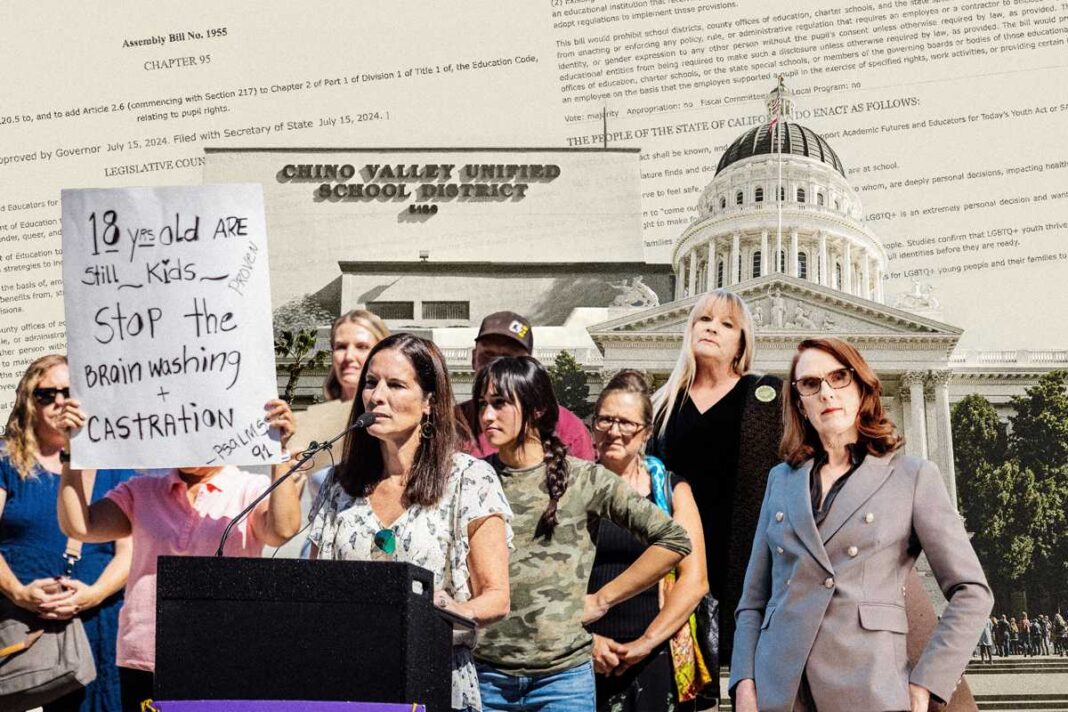‘We’ve got to onshore a lot of the capabilities that we’ve lost,’ said Juliann Edwards, chief development officer of The Nuclear Company.
In the midst of growing demand for low-carbon base-load electricity, nuclear power is increasingly regarded as a clean, reliable option; but multi-year regulatory approval processes, a dearth of capital, and chronic cost overruns when constructing new plants have made utilities reluctant to build.
For many in the nuclear power industry, one way to address these issues is to become smaller.
Small Modular Reactors (SMRs) are nuclear reactors assembled from pre-manufactured components, which are generally 300 megawatts or less in size. They are designed to be cheaper and more flexible than larger-scale nuclear power plants, with enhanced safety features such as automatic shut-down technology.
By contrast to most existing nuclear reactors, which are uniquely designed for each site, SMRs offer the potential to expedite regulatory approvals and construction time, bringing costs down substantially.
“They bring more regulatory certainty and an ability to get through that process much more quickly,” Todd Abrajano, CEO of the U.S. Nuclear Industry Council, an industry advocacy group, told The Epoch Times.
“The fact that these designs can be modular,” Abrajano said, “that most of the construction can be done in-house, in a factory, and then assembled at the site, requires much less work and much less bespoke design.”
According to the U.S. Department of Energy (DOE), due to the smaller size of SMRs, they require less capital to build and can be sited in locations that are not possible for larger nuclear plants.
“Accordingly, the Department has provided substantial support to the development of light water-cooled SMRs, which are under licensing review by the Nuclear Regulatory Commission (NRC) and will likely be deployed in the late 2020s to early 2030s,” the DOE’s Office of Nuclear Energy states.
Designers of SMRs say they are also safer than traditional nuclear plants, including features like passive safety systems that automatically shut off in case of an emergency, without the need for human intervention or electricity.








